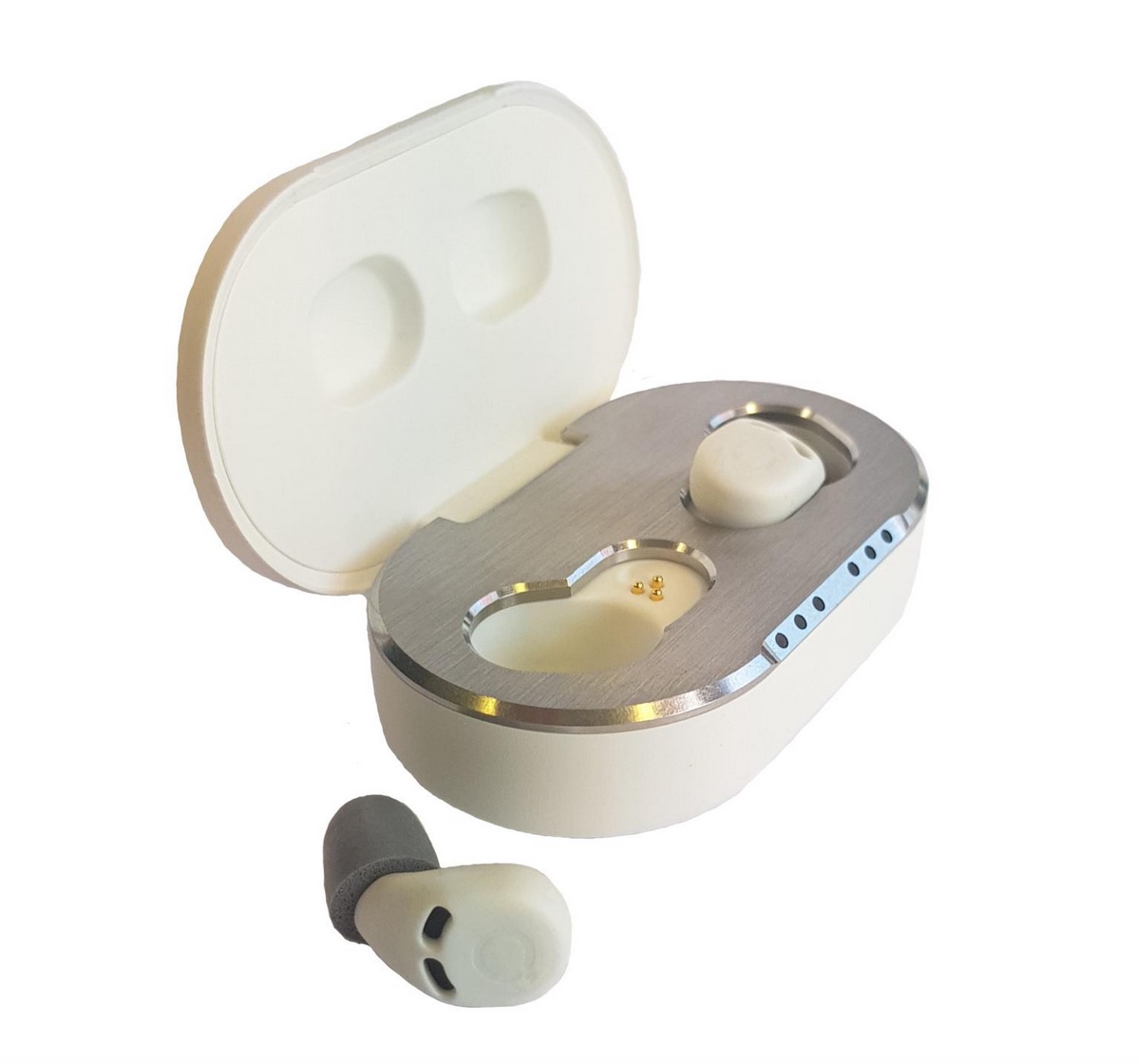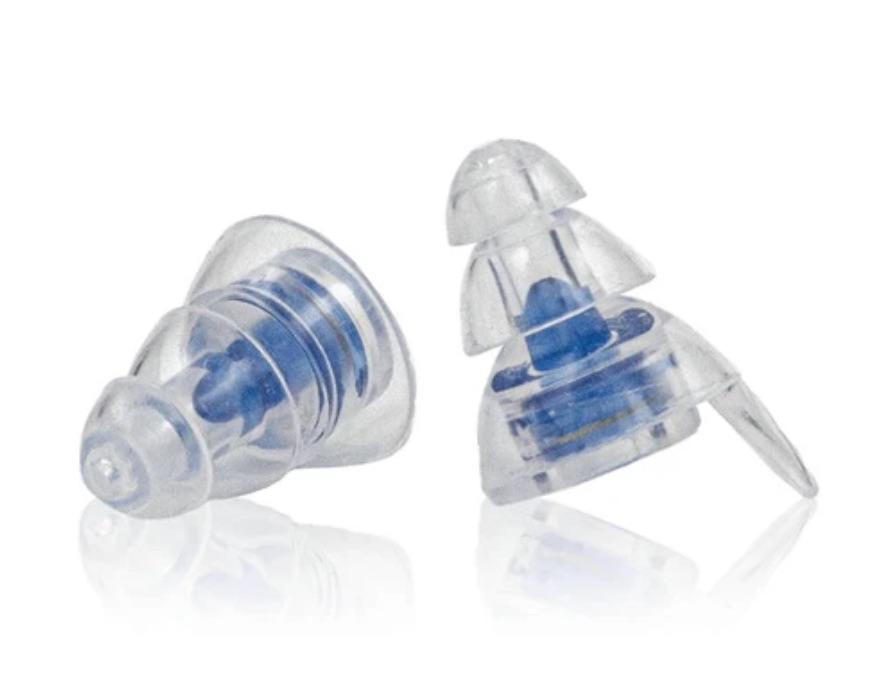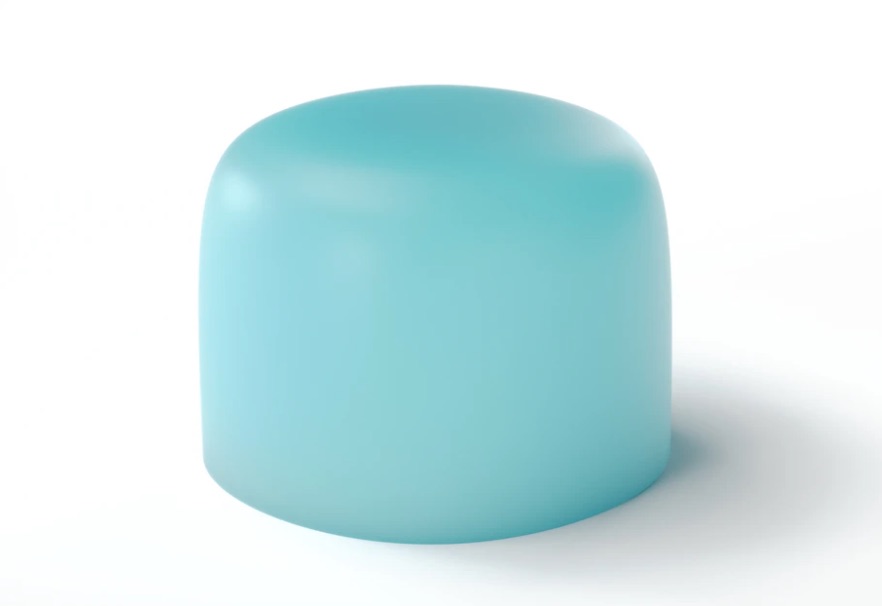For sleepers who want noise protection that goes beyond standard earplugs, the next-gen QuietOn 3 sleep earbuds are a high-tech option that hold up well over time. The buds are designed to cancel noises of 25 to 30 dB that fall within the frequency range of 100 to 2,000 Hz, and noises of 30 to 40 dB with higher frequencies. These capabilities make the beds very well-suited to people who reside in particularly loud neighborhoods.
While the buds are composed of steel and plastic, they come equipped with rubber tips to reduce discomfort. The built-in battery has a 28-hour life, so diligent recharging ensures sleepers can use them throughout the night. Ear tips in extra small, small, medium, and large sizes are included with each purchase along with a battery charging cable and a carrying case for easy travel. Customers receive a 30-day money-back guarantee and a 1-year warranty with their order.
Good for:
- Sleepers looking for earbuds that attenuate exceptionally large noises
- Those who prefer reusable noise protection




